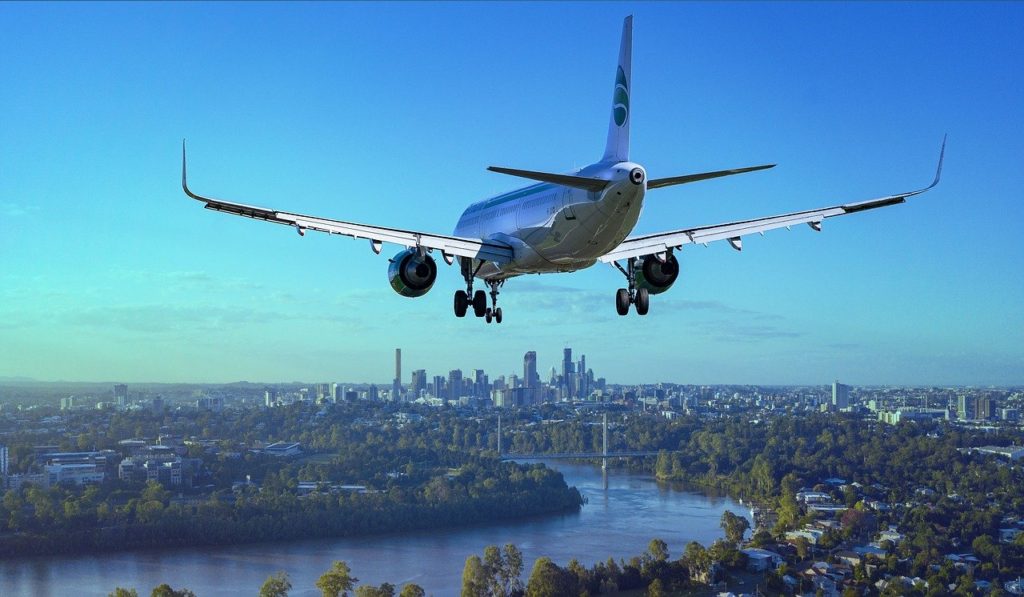There are many factors that can influence airport travel. Severe weather and thunderstorms, along with lightning and high winds, can make for poor visibility and travel conditions for airplanes. Not to mention that severe thunderstorms and extreme amounts of snow can actually shut down airports before the airplanes can even leave the ground. Airports take great care in using state-of-the-art equipment to help detect weather conditions so that they can keep their pilots and passengers safe while determining whether or not to delay or cancel flights. There are many varieties of equipment from Earth Networks that can help detect weather conditions for airports. Take a look below at two of those pieces of equipment that can help airports detect poor weather conditions.

Lightning Alert System
As mentioned above, lighting can be a major cause of airports shutting down and hazardous conditions for airplanes while in the air. When lightning is present in the area, crews on the ground are not able to prepare the airplanes for flight, refuel them, or load baggage. This can significantly delay flights and cause the airport to be delayed throughout all cities. Lightning alert systems are available to airports so that they can safely maneuver their crew members on the ground in order to prep the planes in time prior to the lightning arriving, and the systems can alert crews in enough time as to when they should remove themselves from the tarmac.

Weather Alert System
The weather alert system also helps airports detect weather. Earth Networks weather alert systems are state of the art and provide real-time lightning data and weather data to airports so they are aware of current and impending weather conditions so that they can operate their airport with the most accurate information.
